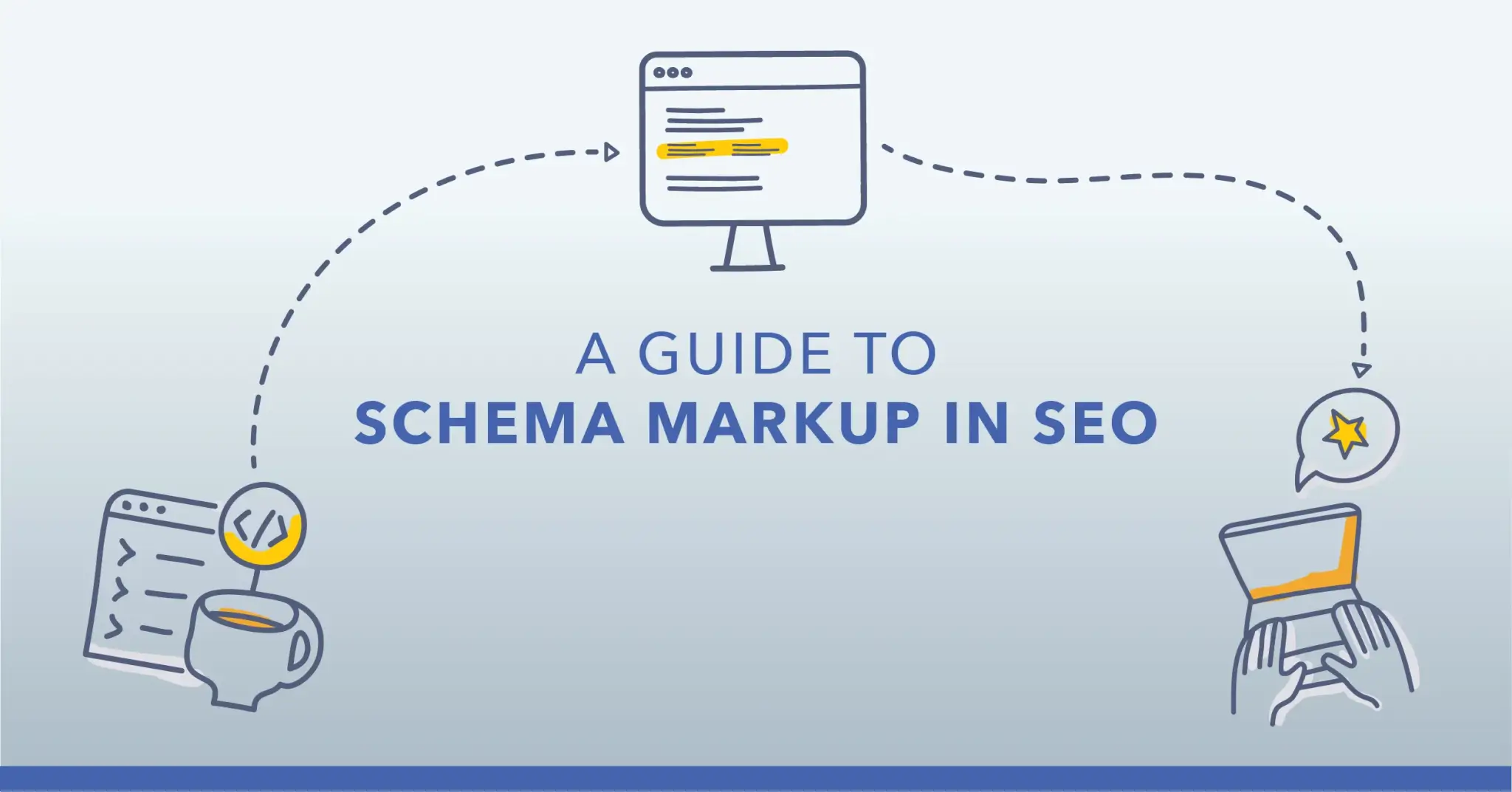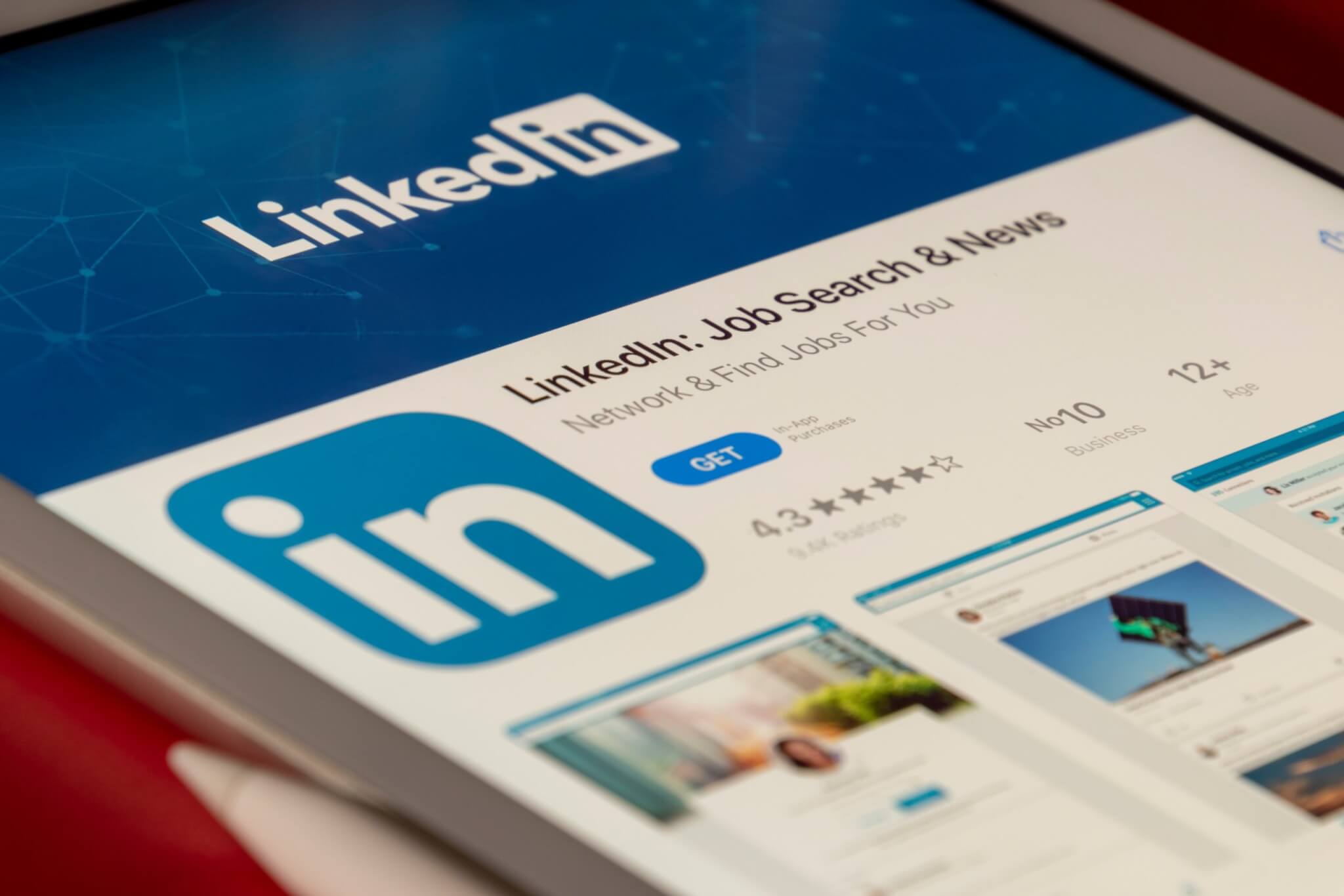Google Shopping is a huge global marketplace that is a key way to advertise products and remain competitive. Utilising Google Shopping can boost your visibility and help you reach more customers. However, many competitors take advantage of Google Ads services, which means that it can be challenging to stand out. Let’s explore some of the best practices for effective Google Shopping Ads.
What is Google Shopping?
Google Shopping is an online shopping engine that customers can use to search, compare and buy products from a huge variety of sellers. Sellers can advertise products with Google Shopping Ads that are image-based. When you search for a product, you’ll have noticed the Google Shopping carousel at the top of the search results page.
If a seller lists their products on Google Shopping, they can have their product appear on the Google results page without having to pay for the advertising. However, being discovered via organic search can be more difficult. This is why there’s also the option to pay for a marketing campaign with Google Shopping Ads. This means your product can appear in more search results for consumers.
Each Google Shopping ad will include an image, product title, price, retailer and any reviews.
Google Shopping Ads best practices
There’s huge opportunity to gain a great deal of business from Google Shopping. However, with such a saturated market, it’s important to cut through the noise. Our Google Shopping Ads best practice guidance will help you stand out from the crowd and position your products in the best way possible. Let’s dive right in!
Define the audience you want to target
Before putting together any type of marketing campaign, it’s important to define your target audience. Not only will this influence your imagery and titles, but also Google’s targeting tools. Google Shopping Ads has a target audiences tool that allows you to create groups based on certain criteria.
- Retargeting — create target audiences based on people who have already visited and interacted with your website. You’ll have to enable tagging via the global site tag to allow Google Ads to access this data. Using tagging, you can create a target audience of people who have visited your site in the last 30 days, for example.
- Similar audiences — Google Shopping Ads also allows you to create similar audiences, which draw data on an existing user group, such as people who have bought from you in the past.
Introduce a good Google shopping campaign structure
Using a good structure for your campaigns is absolutely vital. Managing the structure of your campaigns grants you much more control, but can take some time to set up. Here’s how to develop an effective structure for your Google Shopping campaigns:
- Create new product groups using product attributes — category, brand, product type and item ID.
- You can create custom labels with information such as sales volume or profit margin.
- These product attributes can now be used as inventory filters to set up campaigns for specific product types.
- You can now implement search query-level bidding. This allows you to run several campaigns that are almost identical with the same products, but target specific search terms.
Identify irrelevant terms and add them as a negative keyword
Marking irrelevant search terms as negative keywords prevents your ads from being exposed to low-quality traffic that can damage your campaign performance. As a result, your conversion rates will be improved.
You can identify negative keywords by sorting through your Search Terms Report in your Google Ads account. This report shows all of the search queries that your ads have appeared in. Here’s how to identify negative keywords from this report:
- Irrelevant terms — search queries that clearly aren’t relevant to your product.
- Competitor terms — branded search terms that include your competitor’s names. These ads are often ineffective as users are searching for a specific brand when they use those terms.
- Products you don’t sell — if you’re appearing in the results for products you don’t sell, you’ll want to exclude these keywords.
- Generic terms — very generic terms such as ‘top’ tend to have very low conversion rates.
Optimise the product title
Your product title is what potential customers read to learn more about your product. Google also looks at your title to deliver the most relevant results for certain search terms. These titles need to be descriptive to provide customers with information, whilst including keywords people are likely to search for. For example, these are the results when searching for ‘Blouse’:
You can see that it’s common to include the following:
- Brand name
- Material
- Style
- Fit
There’s no need to reinvent the wheel with product titles: you can carry out research to see what competitors are doing and replicate with your own products. However, never directly copy. The structure can remain the same, but the titles must be unique.
Use high-quality imagery
Your product images are what sell your product; it’s the main feature of the ad and so needs to be outstanding. A strong starting point is making sure that products are photographed on a white or plain background, so that they stand out and don’t appear too busy.
It’s worth hiring a professional to ensure high-quality images. Whilst this can be a costly investment, you’re much more likely to get more sales if your products look appealing. You want your customers to be able to picture your products in their life.
Have a review acquisition strategy in place
Customers almost always read reviews before deciding to make a purchase. Having positive reviews boosts your credibility and trust with your customers as it’s clear that you provide products that meet and exceed their expectations. Positive customer reviews minimise the risk customers take when purchasing.
Always take the time to respond to customer reviews to boost your engagement and encourage more customers to leave reviews. You should also have a review acquisition strategy in place, consider implementing some of the following:
- Follow-up emails after customers have made a purchase, asking them to review
- Ask for reviews on social media
- Have an email banner that requests reviews
- Run competitions where customers can win something if they leave a review
Always start with a low bid
Google Shopping charges for every click on your ads, which is known as cost-per-click (CPC). This means that every click should contribute to your results to avoid wasting money. If you set your max CPC too high, it’ll cost you far too much. If you set your CPC bid too low, Google won’t show your ads very often. This is why it’s important to strike the right balance.
We suggest starting with a low bid, especially if you’re new to Google Shopping Ads and it’s your first campaign. Starting with a low bid can’t hurt your campaign and it’ll give you time to rectify any mistakes you make. You’ll want to focus on building up quality traffic which leads to strong conversions. You can then start to increase your bids and expose your ads to more high-quality traffic.
Taking the time to optimise your Google Shopping Ads and embracing best practices will help you boost conversions and grow your customer base. Whilst it might take longer to set up campaigns, the ROI will be well worth your time.












































